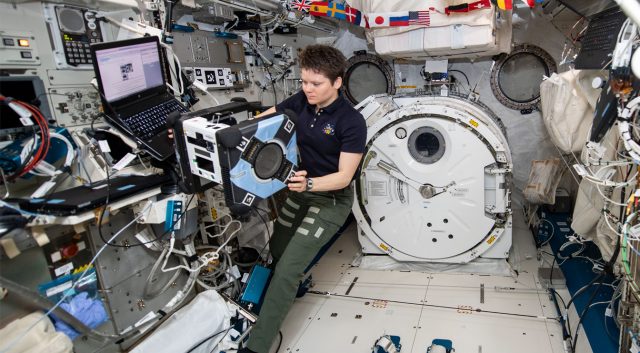NASA Is Sending Astrobee Cube Robot for the First Time in Space

NASA’s new flying space robots, the Astrobee will soon have the same reputation as the hard-working bees. Only that these bee robots will fly and work alongside astronauts in the International Space Station, and they have a crucial role for supporting and sustaining the explorations on the Moon, Mars, and other planets. The agency is confirming that one of the robots, Bumble, flew for the first time in Space on June 14th aboard the International Space Station.
What Is Astrobee?
Astrobee is a free-flying robot that has the task to provide research for the laboratory. As we mentioned above, one of these three robots is Bumble, and the other two are Honey and Queen. The last two were scheduled to launch to the station on April 17th, and now it was Bumbles turn. The purpose of these robots is to provide zero-gravity for scientists and for many tests that they could try out new robotic technology in Space.
Also, by performing the task in zero-gravity, the robots will help scientists to develop new software and hardware for the future Space missions. Right now, the three robots are coming with highly modular hardware and software, and three payloads bays. Thanks to that, the crew from the ISS can install new equipment on them.
Besides this, Astrobees are propelled by electric fans, and they can navigate individually inside the spacecraft with the help of their built-in software and six cameras. What they will do is keeping chores, monitoring equipment, performing inventory, and other tasks that can free the astronauts for research.
To sum up, Bumble, will perform more complex moves for seeing if it’s ready or not for service. One of the other two robots, Honey, will start the job in July. NASA will keep improving the robots and making them practical and functional for helping the astronauts on a long term.
0 comments